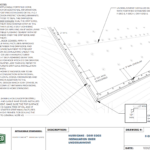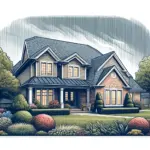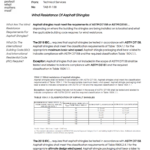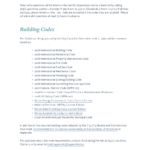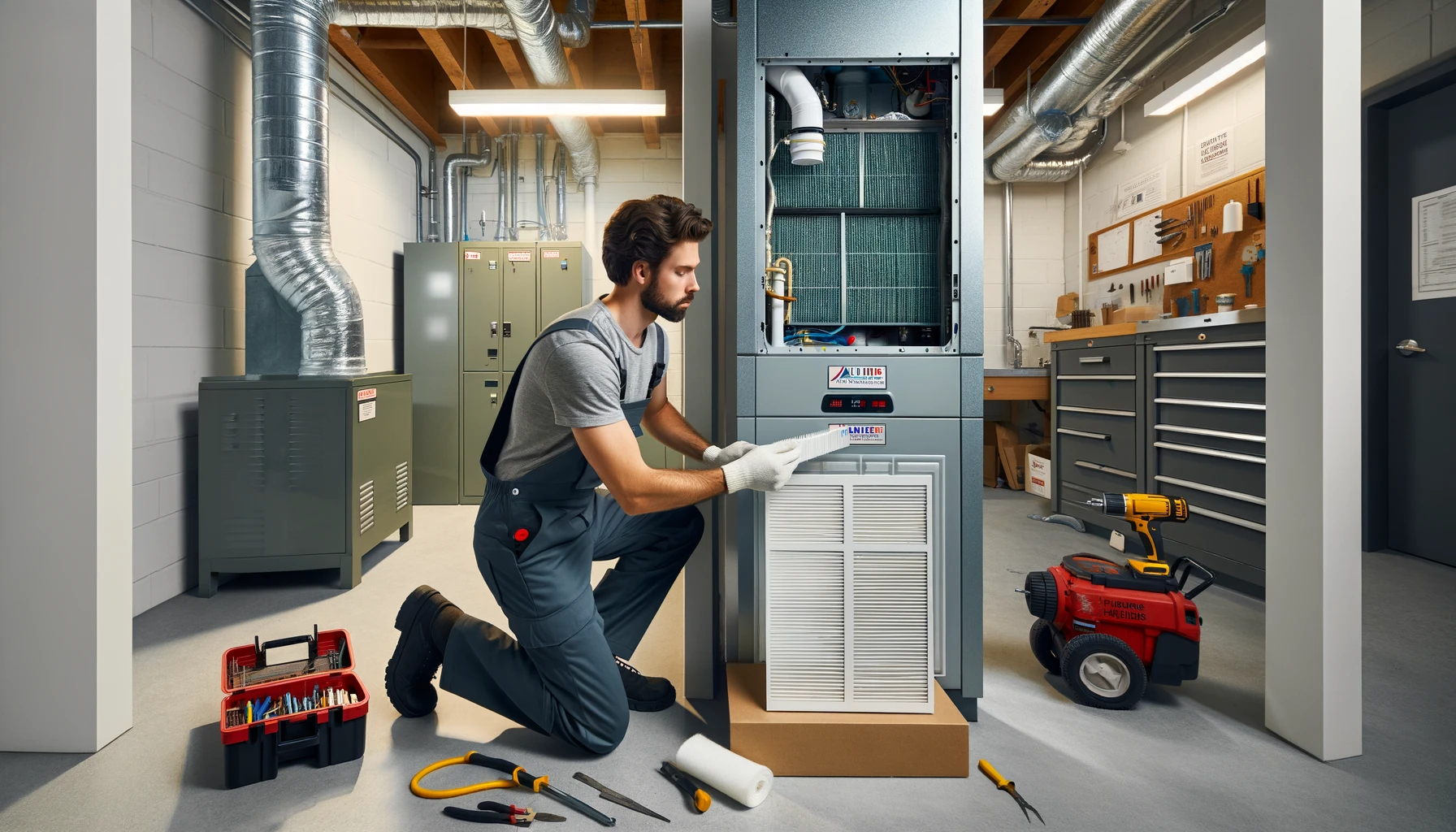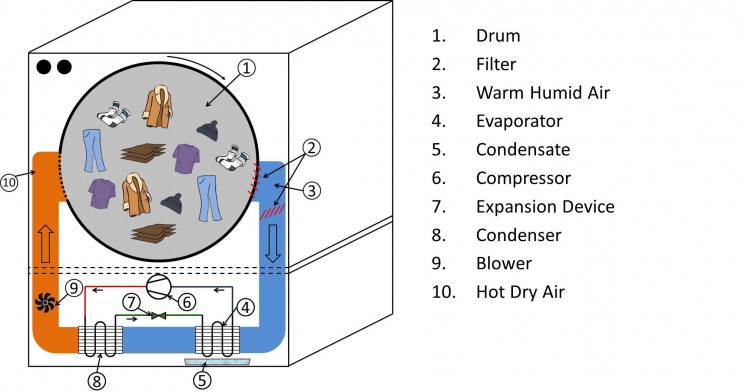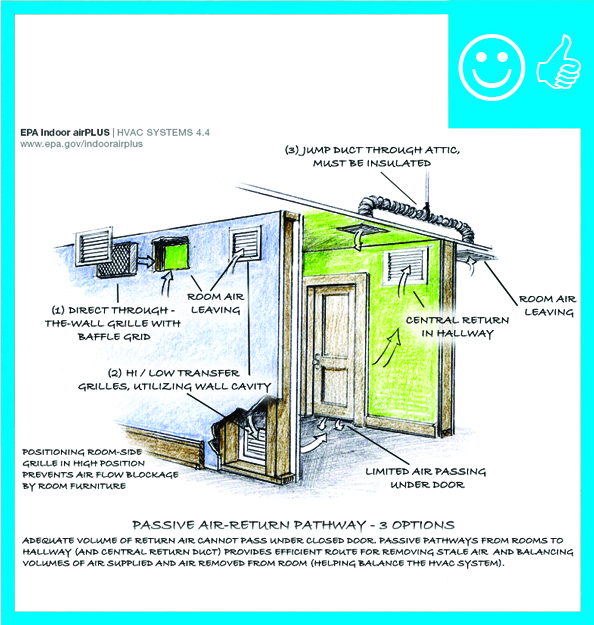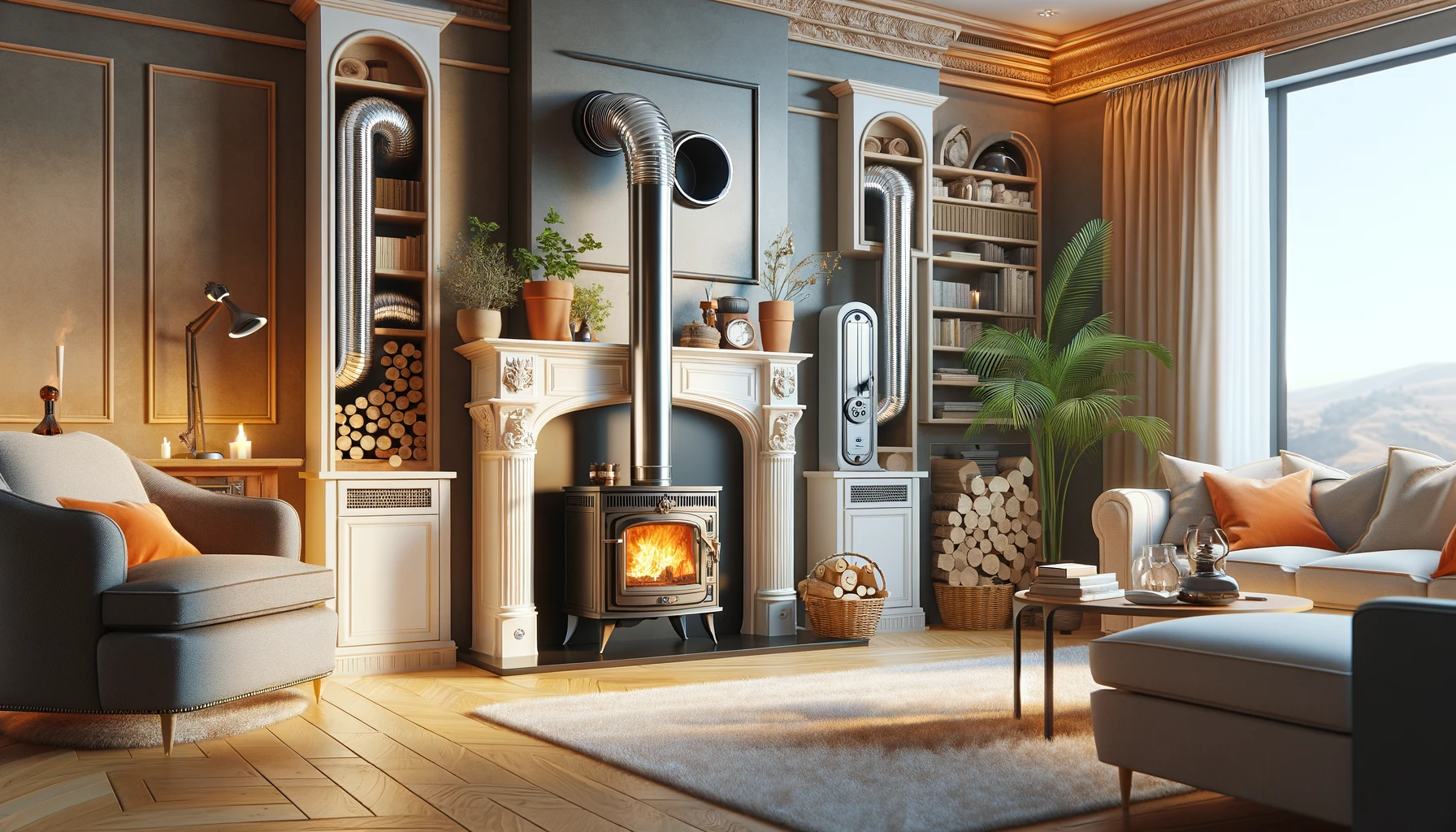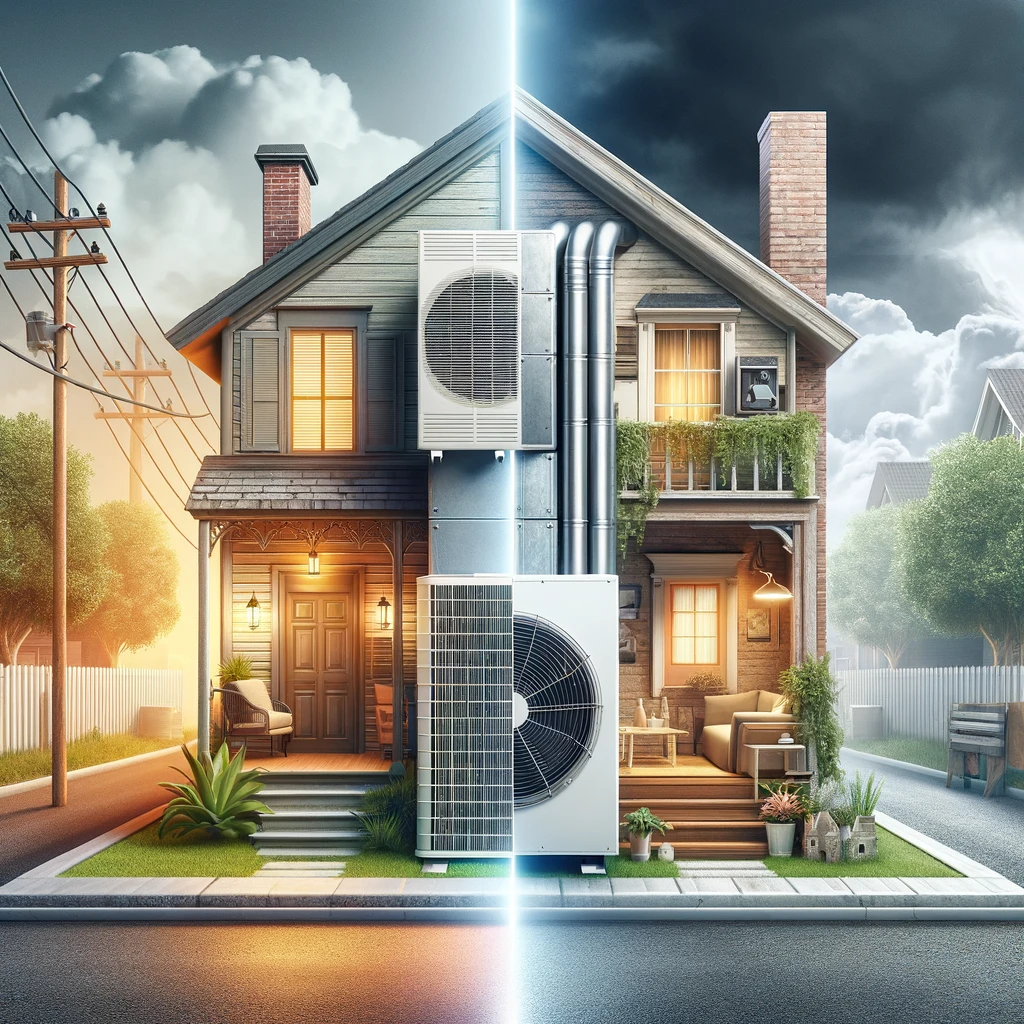Maintaining the air quality in your home is essential for a healthy and comfortable living environment. One often overlooked aspect of this is the proper installation and replacement of air filters in your heating, ventilation, and air-conditioning (HVAC) system. In this blog, we will delve into the importance of installing high-MERV filters, understanding pressure drop, and the step-by-step process to ensure your HVAC filters are doing their job effectively.
Scope
- Replace air filters in HVAC equipment with new filters rated MERV 6 or higher, ensuring airflow resistance is within system limits.
- Check filter conditions and replace with higher MERV filters during HVAC-related home upgrades and comfort complaints, staying within acceptable pressure drop limits.
- If homeowners request high-MERV (or HEPA) filters, confirm pressure drop remains acceptable.
- Provide homeowners with filter replacement information, including next replacement date, filter pressure drop, and installation instructions.
- Follow safe work practices outlined in the U.S. Department of Energy’s Standard Work Specifications for filter replacement and handling air handlers.
How to Install and Specify High-MERV Filters in an Existing Home
- Record initial filter resistance at design airflow from the return grille label, if available.
- Note dimensions of existing filters and measure air gaps if present.
- When purchasing new filters, use specified resistance-to-airflow from the return grille label or filter resistance information.
- Mark installation date, recommended replacement date, MERV rating, and specified resistance-to-airflow on filters.
- Turn off HVAC equipment or adjust thermostat to prevent operation during filter replacement.
- Remove spent filters from HVAC equipment.
- When installing new filters, remove plastic wrap but keep cardboard frame, align airflow arrow towards HVAC equipment, and insert the filter.
- Restore levers, gaskets, seals, or grilles.
- Turn HVAC equipment back on or adjust thermostat.
- Advise homeowners to replace filters every three months or more frequently if needed, especially in certain conditions.
- Instruct homeowners to check filters periodically for replacement if clogged, damaged, noisy, damp, or moldy.
Air Filter Importance in HVAC Systems
- Filters protect HVAC motors and improve indoor air quality.
- High-MERV filters (MERV 6+) trap pollutants but can reduce airflow if dirty.
- Filters should be easily accessible for homeowners.
Installing Filters in Furnace Air Handlers
- Fabricate or purchase a filter media box and install it between the return air plenum and air handler box.
- Slide the filter into the slot with the cardboard frame and gasketed access panel cover.
- Ensure proper air-tight sealing of the cover.
- Complete air handler installation.
Installing Filters at Return Grilles
- Install filters inside return grilles if the furnace is inaccessible (e.g., crawlspace or attic without stairs).
- Use grilles with safe, removable designs.
- Install MERV 6+ filters matching HVAC designer’s specifications.
Installing Filters at Fresh Air Intake
- Choose a suitable location for the outside air intake, away from pollutants and easily accessible.
- Cut a hole for the air intake with dimensions similar to the grille and filter.
- Install a register box (boot) to prevent contact between the filter and duct terminus.
- Install a hinged grille at the exterior and wire mesh insect and bird screen.
- Place the filter on the interior side and close the grille.
- Include homeowner instructions for periodic filter checks and replacement.
Ensuring Success
- HVAC contractors should specify and install filters at return plenums, return grilles, and outdoor air intakes.
- HERS raters should inspect correct filter installation, ensuring proper filter media boxes and access panels.
Retrofit Furnace and Air-Handler Filters
SCOPE
- Replace the air filters in ducted heating, ventilation, and air-conditioning (HVAC) equipment with new filters having a MERV rating of 6 or higher and a resistance to airflow that does not exceed the allowable pressure drop for the HVAC system.
- Check the condition of the HVAC filters. If the filters are loaded with particulates, replace with new, higher MERV filters when performing HVAC-related home performance upgrades and when responding to comfort complaints. Make sure the new filters do not exceed the allowed pressure drop for the HVAC system.
- If the homeowner requests a high-MERV (or HEPA) filter, verify the pressure drop will still be within acceptable limits.
- Provide homeowners with information for future filter replacement, such as the date of the next filter replacement, designed pressure drop for the filter, and installation instructions.
- Follow safe work practices as described in the U.S. Department of Energy’s Standard Work Specifications when replacing and handling HVAC filters and inspecting air handlers.
How to Install and Specify High-MERV Filters in an Existing Home
- At the HVAC equipment, identify the return grille label, if available. Write down the initial resistance (inches water column, inch w.c.) of the HVAC filter at the design airflow rate (cubic-feet per minute, cfm).
- Go to each HVAC filter location and write down the dimensions of the existing filters. If there are air gaps around any of the filters, then use a measuring tape to determine the appropriate dimensions.
- When purchasing or ordering new HVAC filters, use the resistance-to-airflow specified on the return grille label to purchase a replacement with the appropriate resistance-to-airflow. If the return grille label doesn’t exist and specified filter resistance-to-airflow for the HVAC equipment is unavailable, try to determine the resistance-to-airflow of the spent filter (either on the filter, or via internet or retail salesperson). If no information is available for the resistance-to-airflow, consider purchasing the same or a similar model of HVAC filter as the spent filter. Use the filter dimensions you’ve written down to ensure the replacement is the proper size. Identify filters with a MERV rating of 6 or higher. If possible, select a filter with the static pressure measurements listed on the packaging or online.
- Once you’ve acquired new HVAC filters, note the installation date and recommended replacement date on the edge with permanent marker so the homeowner can track the replacement cycle. Also note the MERV level and the specified air filter resistance-to-airflow if these are not already printed on the filter.
- Turn off the HVAC equipment or set the thermostat so it won’t operate while replacing the filters.
- Remove the spent filters from the ducted HVAC equipment.
- When installing the new HVAC filters, remove the plastic wrap but do not remove the cardboard framing. Identify the airflow arrow and align the filter so the arrow points toward the HVAC equipment in the return duct or return register grille.
- Insert the HVAC filter into the designated slot.
- Restore any levers, gaskets, seals, or grilles to their appropriate condition.
- Turn the HVAC equipment back on or return the thermostat to the appropriate temperature.
- Contractors, show homeowners how to replace their HVAC filters and advise that they be replaced every three months, or more often if needed, especially in homes with HVAC equipment that runs six to twelve months per year, with four or more occupants, pets, smoking indoors, allergic occupants, or construction taking place within or outside the home. Show the homeowner the installation date and recommended replacement date noted on the filter frame.
Contractors, advise homeowners to check HVAC filters periodically. Filters should be replaced immediately if the filters are clogged with debris, have collapsed fins, are making a banging noise when the system comes on, or are damp or moldy.
Compliance with Codes and Standards
ENERGY STAR Single-Family New Homes, Version 3/3.1 (Rev. 11)
- National Rater Field Checklist
- 9. Filtration
- 9.1 MERV 6+ filter(s) installed in each ducted mech. system, located to facilitate occupant access & regular service [62]
- 9.2 Filter access panel includes gasket and fits snugly against exposed edge of filter when closed to prevent bypass. [63]
- 9.3 All return air and mechanically supplied outdoor air passes through filter prior to conditioning.
- 9. Filtration
DOE Zero Energy Ready Home (Revision 07)
- Exhibit 1 Mandatory Requirements.
- Exhibit 1, Item 1) Certified under the ENERGY STAR Qualified Homes Program or the ENERGY STAR Multifamily New Construction Program.
- Exhibit 1, Item 6) Certified under EPA Indoor airPLUS.
EPA Indoor airPLUS (Revision 04)
- 4.7 Filtration for Central Forced-Air HVAC Systems. Install only HVAC filters that are rated MERV 8 or higher according to ASHRAE 52.2-2007 (at approximately 295 fpm).
- Advisory: EPA recommends, but does not require, filters rated at MERV 13 or higher to reduce exposure to fine particles.
- Filters perform best when the filter rack design includes the following features, which are also included in some manufacturers’ filter media boxes:
- Flexible, air-tight (e.g., closed-cell foam) gasket material on the surface that contacts the air-leaving (downstream) side of the filter.
- Friction fit or spring clips installed on the upstream side of the filter to hold it firmly in place.
- Upon installation of the air handling unit, include a filter for the remainder of construction activity to protect the unit and/or coil from construction debris and dust.
- Advisory: To reduce the likelihood of construction dust contaminating the ducts and air handler, limit use of the HVAC system during activities with increased dust (e.g. drywall sanding, floor sanding).
- Do not install any air-cleaning equipment designed to produce ozone (i.e., ozone generators).
2017 California Title 24 Building Energy Efficiency Standards
- The 2017 California Title 24 Building Energy Efficiency Standards require all HVAC filters to be MERV 6 or greater.
- Filter media that provide at least 50% particle efficiency in the 3.0- to 10-µm range according to AHRI 680 are considered to meet the MERV 6 criterion.
- HVAC filters are required to conform to the design pressure drop specification on the return grille label.
2017 California Appliance Efficiency Emergency Rulemaking for Residential Air Filters
- The California Energy Commission has proposed to amend the California Code of Regulations, Title 20, Sections 1606, Table X, and 1607(d)(12) to delay the date by when residential air filters for use in forced-air heating or forced-air cooling equipment that are sold or offered for sale in the State of California must comply with the mandatory testing, certification, and marking requirements in the appliance efficiency regulations, from July 1, 2016, to April 1, 2019.
American Lung Association
- The American Lung Association Health House® guidelines require filters to have a minimum rating of MERV 11 (ALA 2012).
American Society of Heating, Refrigeration and Air Conditioning Engineers (ASHRAE)
- ASHRAE Standard 52.2-2017 – Method of Testing General Ventilation Air-Cleaning Devices for Removal Efficiency by Particle Size
- ASHRAE Standard 62.1-2016 –Ventilation for Acceptable Indoor Air Quality
- ASHRAE 62.2-2010, ASHRAE 62.2-2013, and ASHRAE 62.2-2016
American National Standards Institute (ANSI)/Air-Conditioning, Heating and Refrigeration Institute (AHRI) Standard 680, 2009 Standard for Performance Rating of Residential Air Filter Equipment
- Standard 680 establishes definitions, classifications, test requirements, data requirements, ratings, operating requirements, marking and nameplate data and conformance conditions for residential air filter equipment.
In conclusion, taking care of your HVAC system’s air filters is a simple yet crucial task that can greatly impact your home’s indoor air quality and the overall efficiency of your heating and cooling systems. By following the guidelines mentioned in this blog, you can ensure that your filters are properly installed, have the right MERV rating, and are replaced regularly.
Don’t underestimate the power of clean air filters in enhancing your home’s comfort, energy efficiency, and the well-being of your family. Regular maintenance of these often-overlooked components can lead to a healthier and more comfortable living environment, benefiting both your health and your wallet in the long run.
For immediate service or consultation, you may contact us at Allied Emergency Services, INC.
Contact Information:
- Phone: 1-800-792-0212
- Email: Info@AlliedEmergencyServices.com
- Location: Serving Illinois, Wisconsin, and Indiana with a focus on the greater Chicago area.
If you require immediate assistance or have specific questions, our human support is readily available to help you.
Disclaimer: This article is intended for informational purposes only. For professional advice, consult experts in the field.
